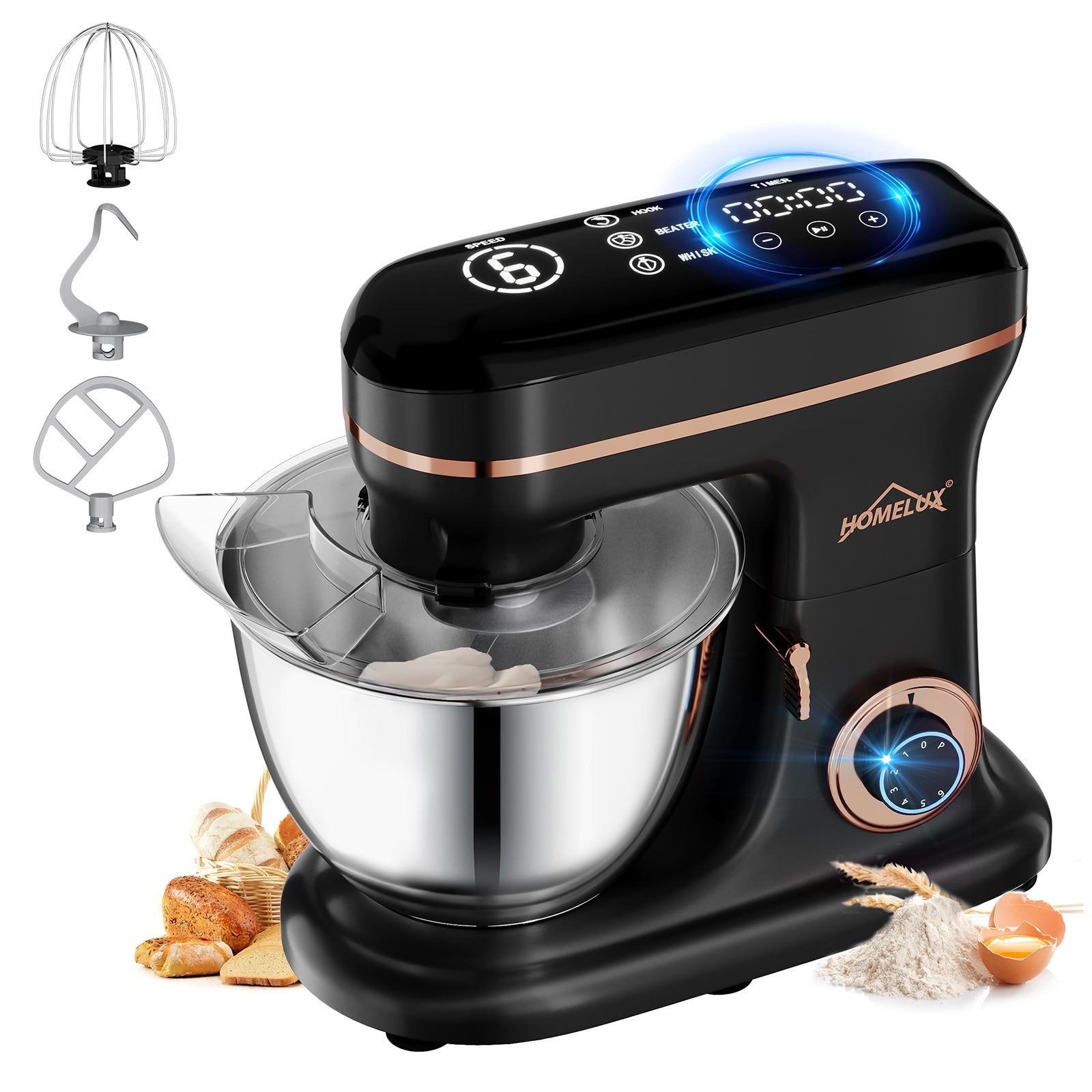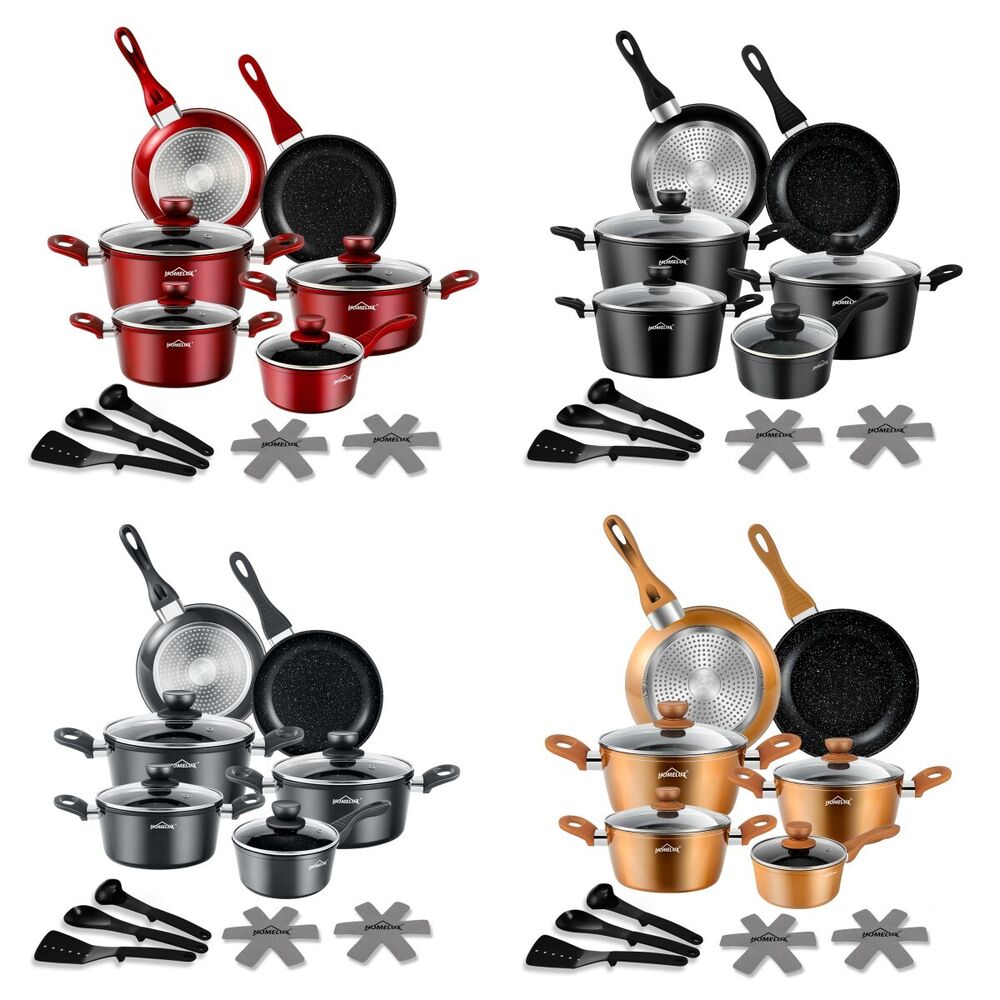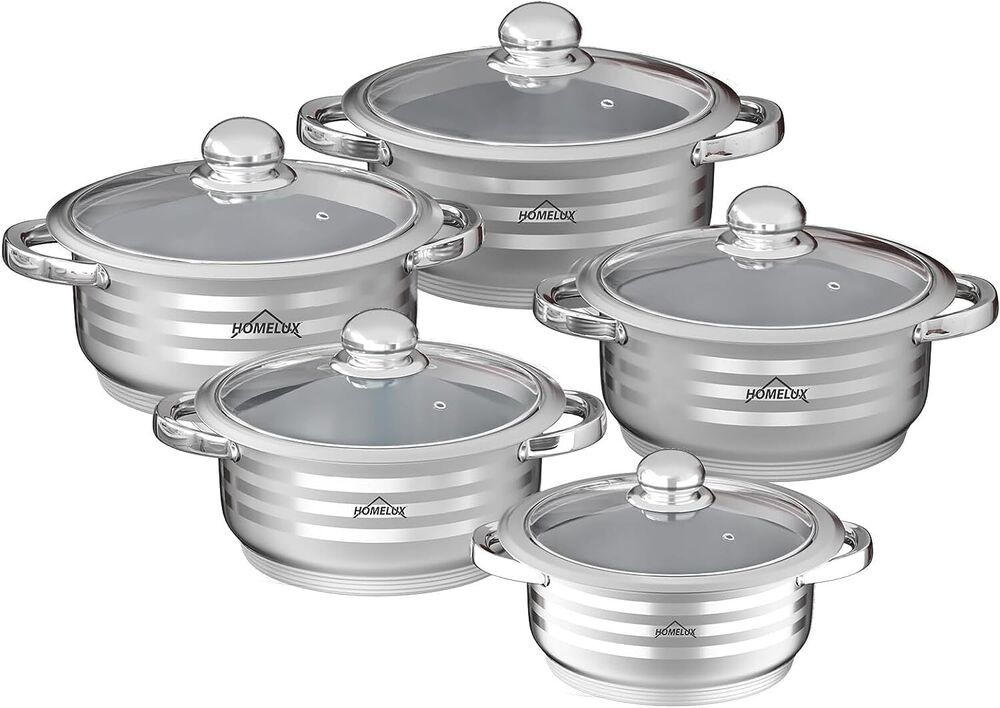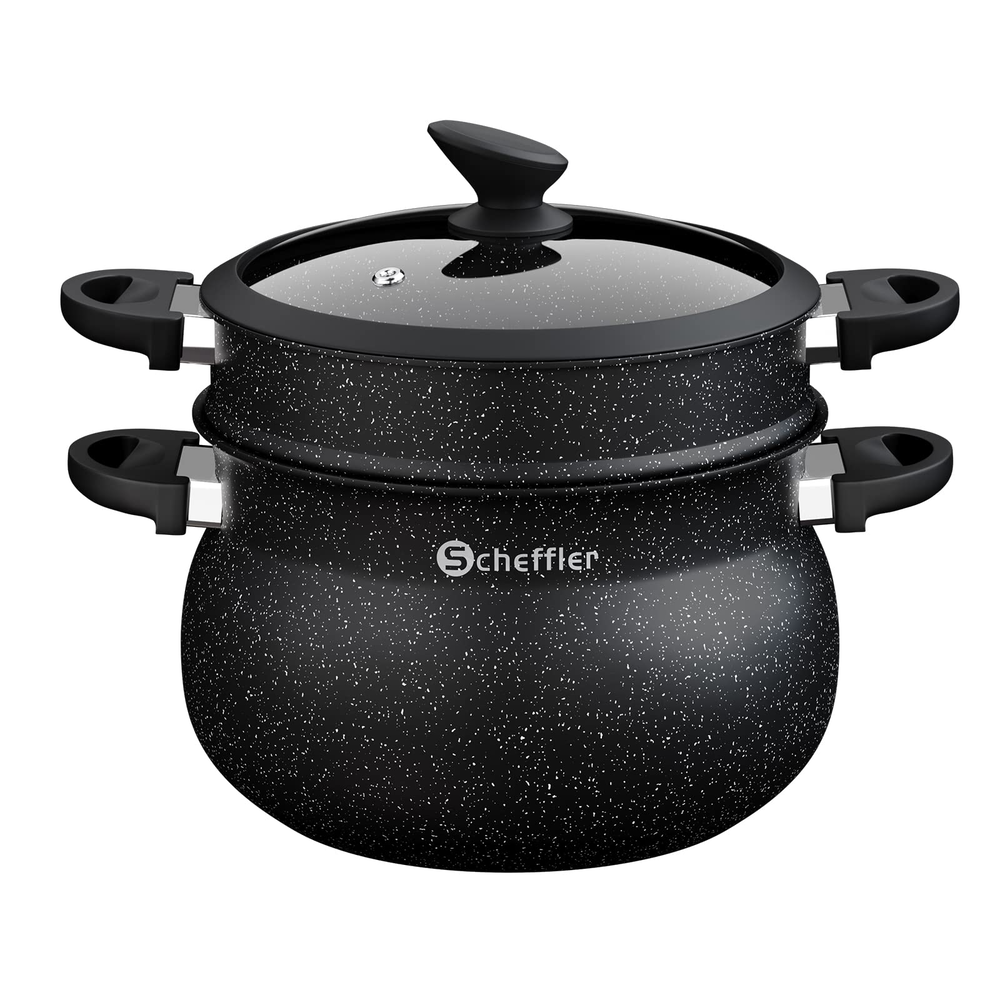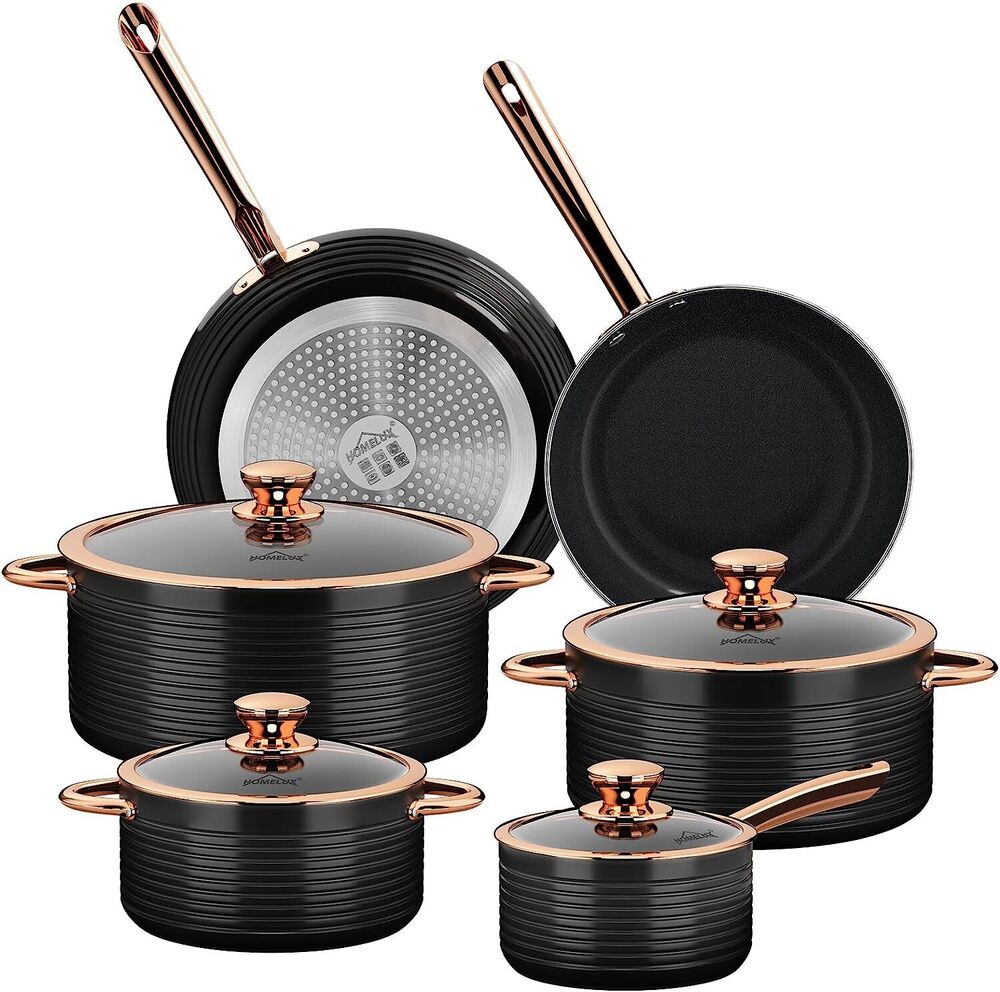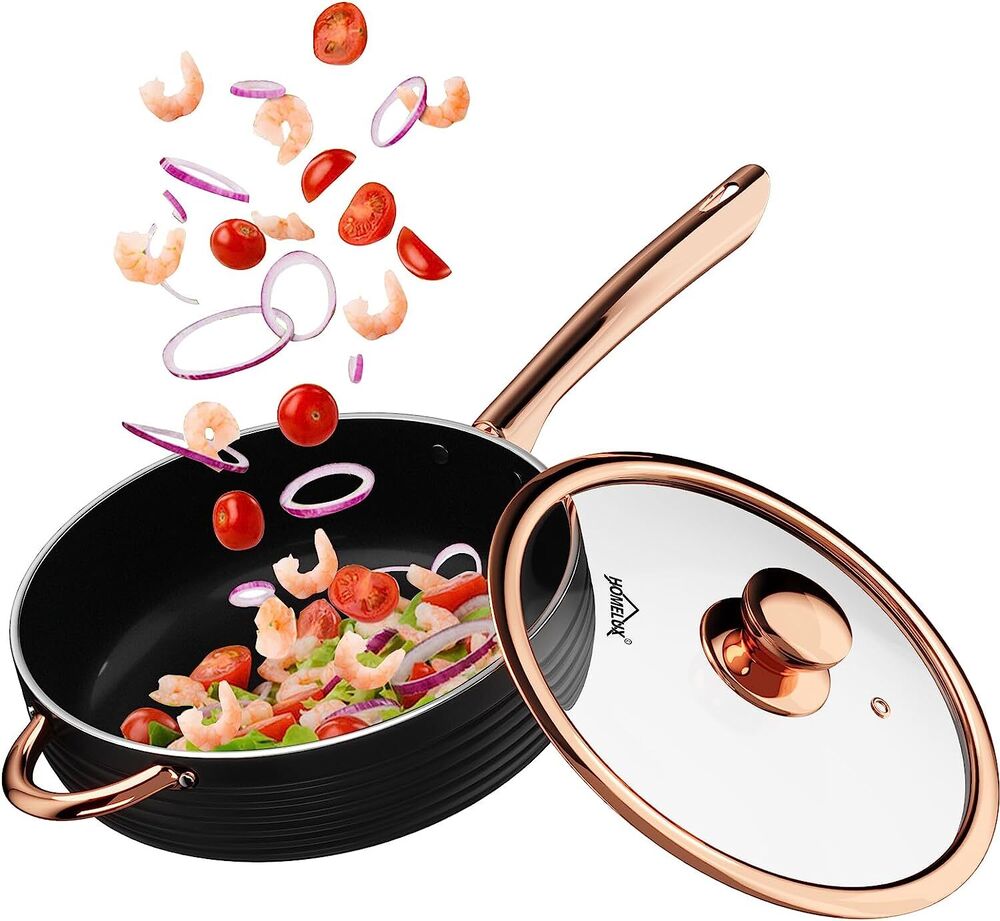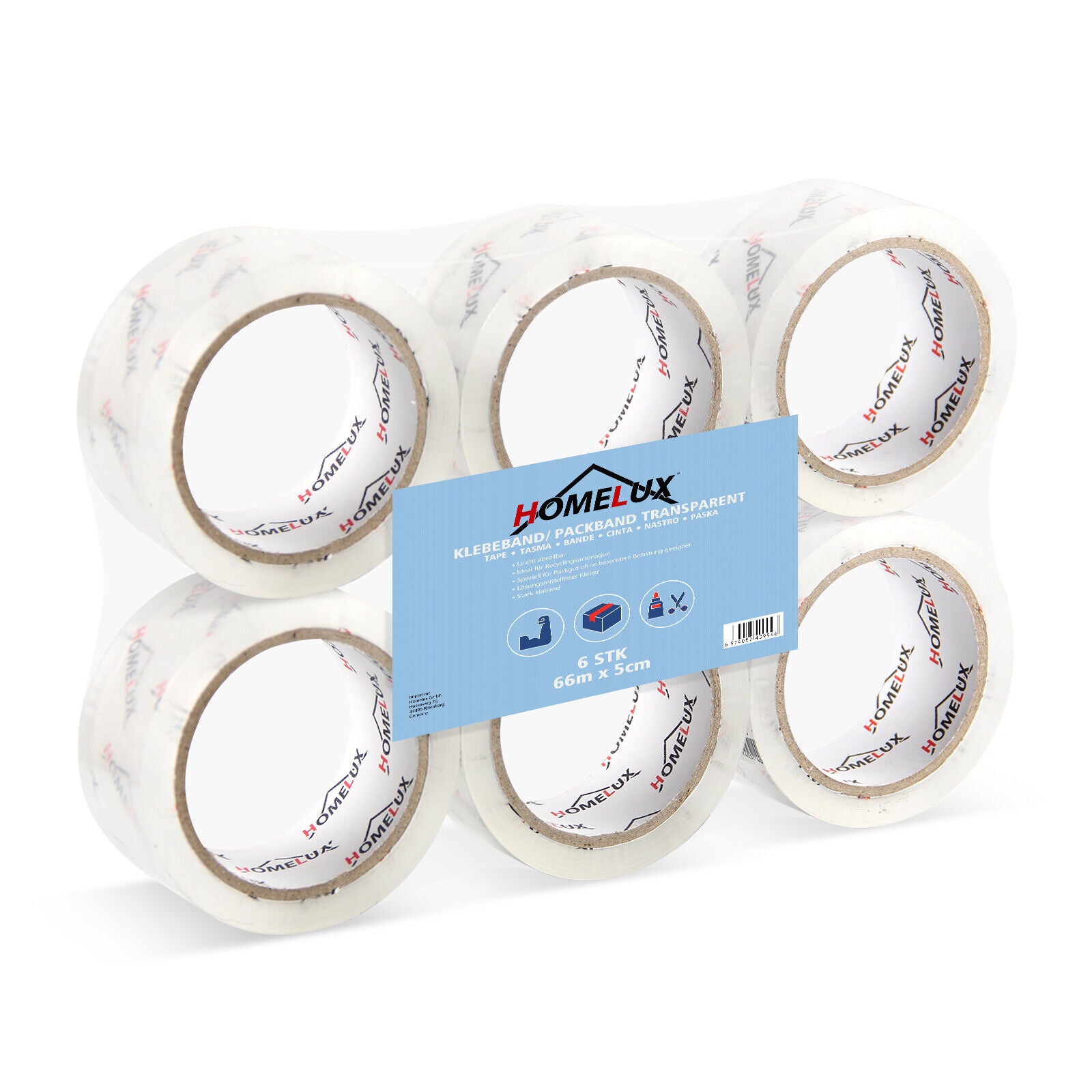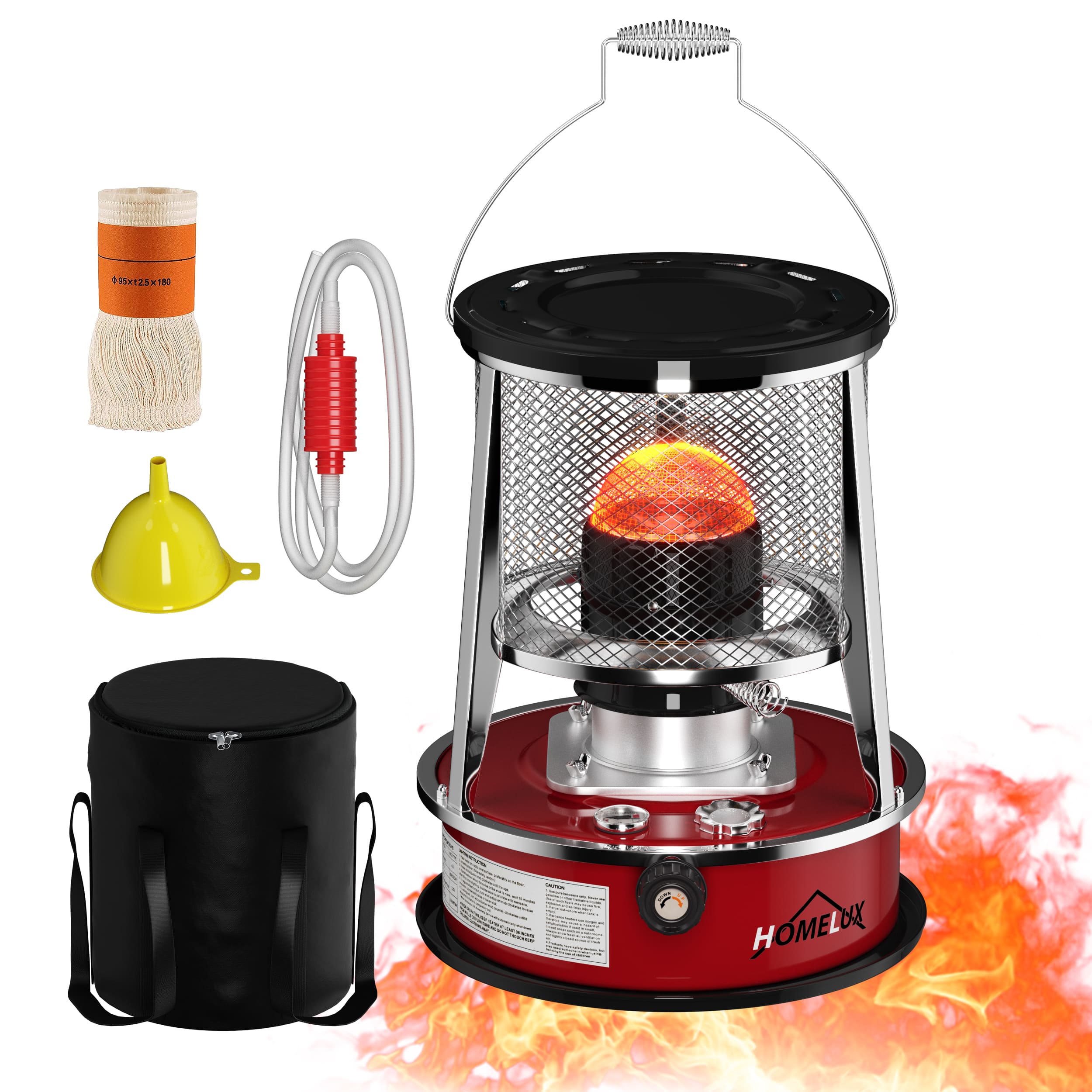Making jam: Should the jars be turned upside down?
Making jam is a classic household task that requires not only a love of the culinary arts but also a bit of science. One of the most frequently asked questions is whether you should turn the jars upside down when making jam. In this blog post, I will explore this question and discuss the pros and cons of this process.
What is canning and why is it important?
Boiling is the process by which the water in a liquid evaporates, resulting in a concentration of flavor and solidification. It is crucial in jam making as it helps preserve the fruit and achieve the characteristic consistency.
The practice of glass turning
Traditionally, the jam canning method recommends turning the jars upside down just before boiling. There are several reasons for this practice:
- Removing air: Turning the jar over removes air bubbles that could otherwise cause blockages during the canning process.
- Cleaning: Turning over helps clean the rim of the jar, increasing the chances of a clean preserve.
- Contraction: As the jam cools, it contracts, which can result in a neat coating on the lid when the jar is turned upside down.
Counterarguments
However, there are also arguments against this traditional procedure:
- Risk of damage: Glasses that are turned upside down are more susceptible to damage from heat and pressure.
- Time required: Turning the glasses over and then re-aligning them is time-consuming and can cause inconvenience.
- Efficiency: There is evidence that cooking jam in properly prepared jars without turning it over produces similar results.
The science behind preserving
The science of canning is based on the temperature needed to evaporate the water in the jam. Using jars that are suitable for the high vacuum cooking process can help the jam cook down evenly, whether the jar is upside down or not.
conclusion
Turning the jars upside down when making jam is not a hard and fast rule, but rather a tradition. Modern canning techniques and high-quality jars allow jam to be preserved safely and effectively without turning them upside down. It is important to choose the jars carefully and clean them before making jam to ensure the best preservation.
In this post, we answered the question of whether you should turn jars upside down when making jam and discussed the different aspects of this topic. Let's not let tradition dictate too much, but let science and logic guide your decisions when making jam.

Q&A
- 1. Is it really necessary to turn the jars upside down when preserving?
- It is not strictly necessary, but it can help remove air bubbles and clean the edge of the glass. Modern techniques can achieve similar results without this practice.
- 2. What are the disadvantages of turning the glasses over?
- Turning jars upside down can make them more susceptible to damage from heat and pressure and is also time consuming. It can also lead to uneven preservation if the jars are not prepared properly.
- 3. Are there alternative methods for preserving jam?
- Yes, there are various modern methods and technologies for preserving jam that do not require turning the jars over and still provide safe and delicious results.


